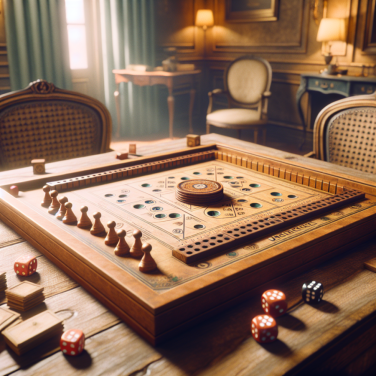Tracing the Historical Transformation of Boxing
Boxing, as a sport, has seen remarkable transformations since its inception. Initially, it was considered to be a brutal and violent form of entertainment, with very few rules and regulations in place to protect the participants. Over time, however, boxing has evolved into a much more professional and sophisticated sport, with stringent rules and safety measures in place.
The earliest form of boxing can be traced back to ancient civilizations such as Egypt and Mesopotamia, where drawings and sculptures depict boxing-like activities. In ancient Greece, boxing was featured as part of the original Olympic Games and it followed a practically "anything goes" approach. Boxers, or pugilists as they were then known, wrapped their hands and wrists in soft leather thongs for minimal protection, and there were no rules regarding weight classifications, rounds, or rest periods.
As time progressed, boxing saw the development of added safety measures and the implementation of rules, largely due to the influence of the Romans. They introduced the use of the cestus, a type of glove often reinforced with metal or iron, which provided some protection but also made fights more lethal.
With the fall of the Roman Empire, boxing largely disappeared from public consciousness until it was revived in 17th-century England. A significant development in this era was the introduction of the London Prize Ring Rules in 1743, which included limits on round length and the addition of several safety measures, including the prohibition of certain types of strikes and techniques.
In the late 19th century, boxing underwent a transition from bare-knuckle fighting to glove fighting, primarily for safety reasons. The introduction of gloves brought about a fundamental change in the nature of the sport. They did not only provide added protection but also allowed for more strategic fighting and the development of new techniques and strategies.
One of the biggest shifts in boxing occurred in the early 20th century with the widespread acceptance of Queensberry Rules, which included the use of gloves, three-minute rounds with a one-minute rest between them, and a ten-second count for knockdowns. This period also saw the establishment of weight divisions, providing a more level playing field.
The middle of the 20th century witnessed an expanded interest in boxing due to television broadcasts, making it accessible to a larger audience. Simultaneously, notable figures like Jack Johnson, Sugar Ray Robinson, Muhammad Ali, and Mike Tyson represented significant eras in boxing, each leaving an indelible mark on the sport.
Read also:
Lelo Burti: The Thrilling Georgian Dodgeball Game
The Pervasive Influence of Boxing on Society and Culture
Boxing, one of the world’s oldest and most celebrated sports, has imprinted a lasting impact on society and popular culture. Its influence permeates various sectors, from entertainment and fashion to literature and art.
The global fascination with boxing could be traced to our primal instincts for survival, which are inherently connected to the physicality and strategy characteristic of the sport. The thrill of viewing two fighters in the ring, skillfully maneuvering against each other, evoking strategic defense, and launching calculated attacks, has forged an enduring bond between boxing and mass audiences.
Pop culture and entertainment have long drawn upon boxing’s appeal. Cinema has dramatically presented the life and struggles of boxers, leading to some of the most iconic pieces of film in history. Boxers' inexplicable toughness and resilience trigger profound emotions, and films like "Rocky," "Raging Bull," and "Million Dollar Baby" use this circumstance to captivate audiences. Moreover, rap music often features boxing metaphors to convey struggle, resistance, and victory, enhancing the impact of the lyrics and the listener's perception of the artist's journey.
Boxing has also significantly shaped literature. Notable authors like Ernest Hemingway, Norman Mailer, and Joyce Carol Oates have incorporated boxing into their works, using the sport as a metaphor for the human struggle and the fight for survival. Their writings have contributed to piquing public interest in boxing, further embellishing the sport's narrative over time.
The art world is no stranger to the influence of boxing either. From compelling sculptures to riveting portraits, boxing has been the subject of various artistic expressions. Many modern and contemporary artists, such as George Bellows and Jean-Michel Basquiat, have used boxing as a theme to create powerful imagery and social commentary.
Beyond the sphere of arts and entertainment, the sport has made an extensive impact on fashion. Whether it's the adoption of the boxer's robe as a trendy outerwear piece or the transformation of boxing shoes into a style statement, boxing has significantly contributed to fashion trends. The sportswear industry often launches boxing-inspired collections, emphasizing the sport's cultural relevance and etching its aesthetics into mainstream fashion.
Boxing’s influence even extends to language, with colloquialisms such as ‘down for the count,’ ‘saved by the bell’, and ‘throw in the towel’ originating from the ring. The sport's terminologies have thus permeated everyday conversations, manifesting its societal impact in subtle yet powerful ways.




